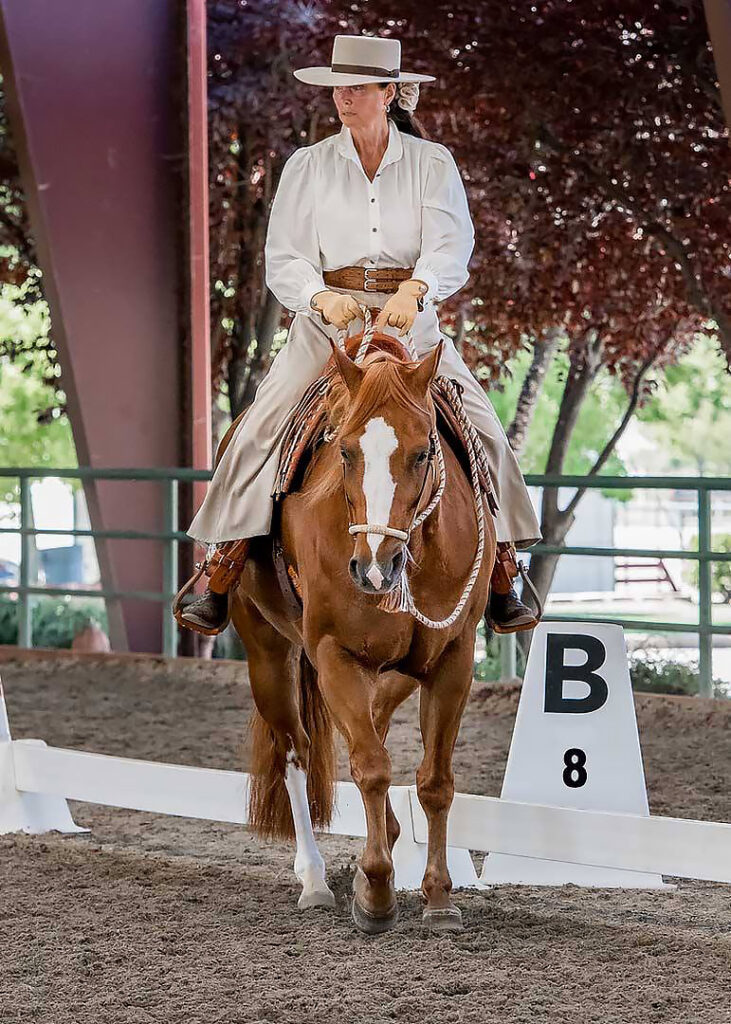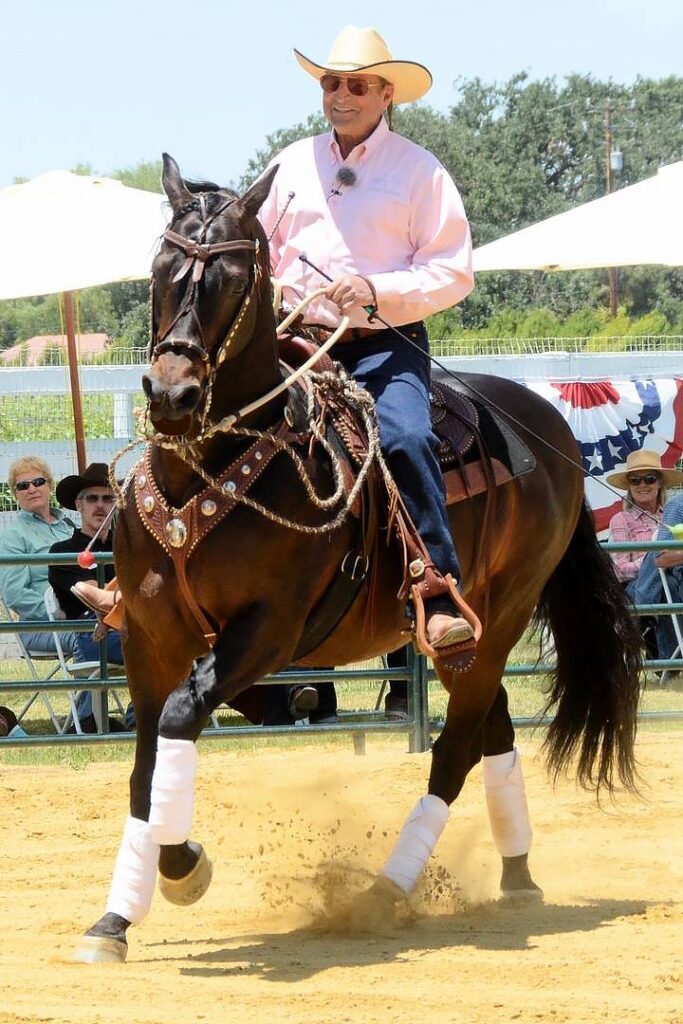“We bend our horses to ride them straight!”
“We Ride our horses forward to make them straight!”
A horse is straight when his body is properly aligned from poll to tail. When he travels on a straight line, he should be straight along the length of his body. On straight or curved lines, the hind legs should step behind the front legs. In lateral work, the horse’s hind legs should move in the direction of movement and should not step out from under the horse. (fig.1)

(fig.1). A horse is straight when his body is properly aligned from poll to tail. When he travels on a straight line, he should be straight along the length of his body.
You might not necessarily think of straightness and bend are related one to other, but they are inseparable in the education of our horses. (fig.2).

(fig.2). Bend is the key for all of the things you work to build in your horse including suppleness, straightness, a shortened frame, and self-carriage. It all starts with bend
By nature, horses are crooked. They are usually hollow on one side and stiff on the other side. The supple horse can move his neck, shoulders and haunches equally in both directions. This erases any resistance in the top line and loosens the entire musculature of the horse.
Only a horse who is supple can be straight. To supple the horse, I use many exercises that are considered straightening and bending work. Every correct bending line, such as corners, circles and serpentine’s, can gymnasticize the horse.
It is the rare horse that is perfectly straight in his movements. The ability to travel perfectly straight is a fairly advanced skill, and the ability to go from bend to straightness and back again is even more challenging. (fig.3).

(fig.3). My horse’s weight is on his left side and so is mine.
My horse is changing his balance twice in every walk stride and so am I.
My hands are over his shoulders, my legs are swinging with his rib cage
and my seat driving his hind legs forward.
In Cowboy Dressage, we value straightness in the horse every bit as much as bend. There are several straight lines on the Court and each test begins and ends with a straight line. Horses are judged on their ability to travel square and straight through their body in several gaits and frames. Many find that the long straight diagonal in the free walk is the most challenging maneuver in the test.
Straightness in the horse can be adversely affected by the rider (fig. 4).

(fig.4). Straightness starts with the rider. The horse is a reflection of our body position and how we communicate through our aids.
It is imperative that you find the straightness in your own body before you can adequately school the horse. Your balance, weight, and aids must be even through your body as you communicate with your mount. If you find yourself stronger on one side of the body, you will have to learn to condition the other side to improve the transmission of information between you and your horse and to prevent the horse from drifting off course (fig. 5).

(fig.5) It is imperative that you find the straightness in your own body before you can adequately school the horse. Your balance, weight, and aids must be even through your body as you communicate with your mount.
Straightness in the horse is much more than just the ability to travel in a straight line across the track. Straightness also means that the horse can travel straight and even on his vertical axis as he travels through a bend. When you ride a young horse in a round pen, you may feel like the horse is leaning over at an acute angle as he travels around it. This is because the horse has not developed the ability to remain straight through his body. This requires strength and dexterity in the horse. How do you build that strength in the horse to go straight and true and even? You teach him to bend. Bend is the key to keeping the horse straight (fig. 6).

(fig.6). Bend is the key for all of the things you work to build in your horse including suppleness, straightness, a shortened frame, and self-carriage. It all starts with bend
![]()

